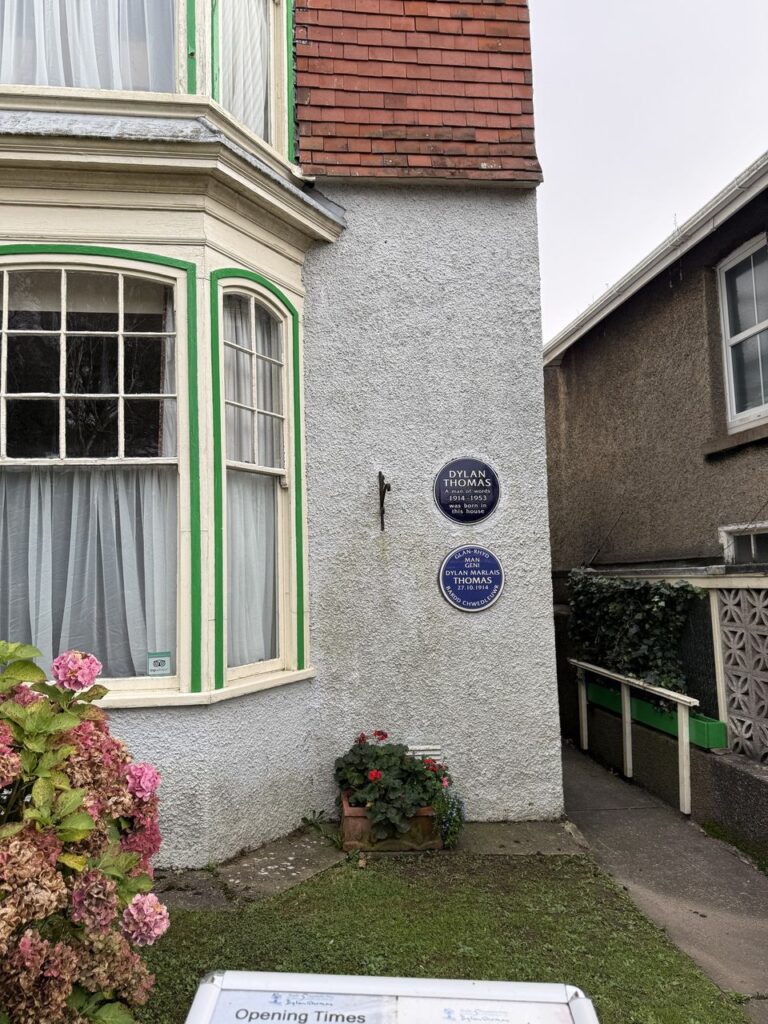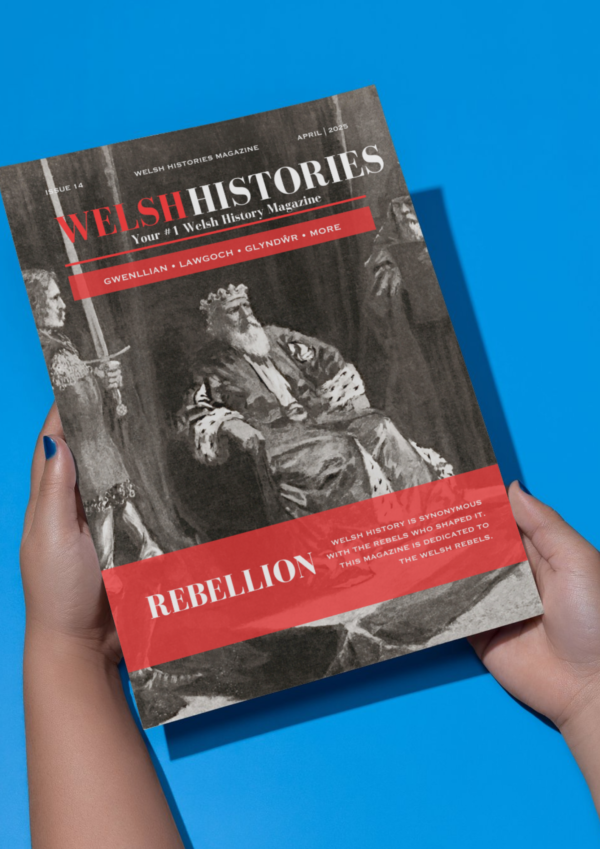Your basket is currently empty!
Six Historic Welsh Houses That Tell a Story
I’ve always been fascinated by Welsh houses, each one holding a piece of history. Here’s a compilation of six historic welsh houses:
#1.
Around five years ago, I briefly worked at Nantclwyd y Dre, a timber frame house based in Rhuthun, Denbighshire. Here’s a bit about it direct from the Denbighshire County Council website.

“Nantclwyd y Dre offers a unique exploration of over 500 years of history, from medieval up to the 20th century. Step through the seven ages of this beautifully restored Grade I listed house as it reveals the lives of its residents. Begin your journey in 1435 and learn about how the building expanded from a weaver’s hall house, to a 17th century lawyer’s townhouse and a Victorian school for young girls.
The Lord’s Garden is a beautifully tranquil space right in the heart of Ruthin. Bring a picnic or simply take a stroll through lush greenery, vibrant colours with backdrop views of the Clwydian Range and Ruthin Castle.
Young visitors can become “Young Explorers” with our specially designed trails and borrow bags that will help them discover more about Nantclwyd y Dre’s history and nature.
Our “bat cam” is a great opportunity to observe our special maternity roost of Lesser horseshoe, Long-eared brown and Pipistrelle bats.
If you are looking for a unique gift, our shop is stocked with products made by local artisans, including a selection of jams and chutneys made with fruit that was harvested from the Lord’s Garden.”
#2.
This isn’t just any ordinary house – this is St John’s House, sometimes known locally as “St John’s Hospice”, and it is a house which dates back over half a millennium of history.



Located in Pen-y-bont (Bridgend in English), this Tudor era house is full of history. Interestingly, you may notice a Maltese Cross on the front door – a symbol of the Crusader group, the “Knights of Malta” (“Knights Hospitallers”).
It is often claimed that the house (or one which stood in the same spot before the current house) dates back further to the time of the Crusades and that the house had been a hospice for returning Crusaders. This has, however, never been fully proven.
Have you been? Feel free to let me know!
#3.
Did you know… the house believed to be the oldest in Cymru is Hafod Y Garreg – a former hunting lodge which dates back to 1402?


Believed to have been a hunting lodge for King Henry IV, the house, situated in a hollow overlooking the Wye Valley in Powys, is now available as a bed and breakfast.
#4.
This is Esgair Llywelyn in Llanwrin, Montgomeryshire, and it is one of the oldest (as well as one of the most remote) farmhouses in Cymru.

The farmhouse has a history of over 500 years, with the name of the house dating back to 1647. The actual building itself, however, is believed to be over a century older than that.
It is still used for handling sheep and is owned by a Mr. Edryd Davies.
#5.
We recently went to check out Dylan Thomas’ birthplace in Abertawe (Swansea). Enjoy some pictures of the historic building!




Who was Dylan Thomas?
Dylan Thomas was born on October 27th, 1914, in Pantygwydr, Abertawe (Uplands, Swansea) and is widely regarded as one of the most influential poets of the 20th Century. He is also arguably the most influential Welsh poet of all time.
There are mixed accounts on whether Dylan could speak the Welsh language, though it has become somewhat accepted that he was unable to write but could speak and understand it well. This was confirmed in the 1921 Census, where it was entered he could speak the language. His parents were bilingual, so this perhaps provides context.
Alas, it is often noted that Dylan did not associate strongly with his Welshness – resenting the fact he was often viewed as a Welsh poet akin to the medieval bards. Despite this, plenty of his works are rooted in Welsh geography and, perhaps somewhere, he treasured his Welshness in secret.
Dylan is often remembered for a colourful personality and his personal demons – including alcoholism and philandering. Alcoholism is often attributed to his death at just 39 years of age in 1953 but autopsy accounts did not support this. His death was most likely brought on by a combination of pneumonia, brain swelling and a fatty liver.
#6.
This is Plas Brondanw – a beautiful, centuries old structure in Eryri (Gwynedd, Gogledd Cymru).






The building was built around the year 1550 by John ap Hywel, with much of the visible improvements coming in 1660 through his descendant, William Williams.
Though the property would be damaged by a fire in the year 1951, much of it was saved and restored.
There is also a small “folly” castle within the grounds, built around 1915 and named “Folly Castle”, and this has been featured in the Doctor Who episode titled “The Five Doctors”.
The gardens at Plas Brondanw were, last I checked, accessible to the public for a small fee. I will accept corrections if this is no longer the case!
Per Plas Brondanw: “Our garden is open 7 days a week. Our café is closed on Mondays and the house is closed on Mondays and Tuesdays. Entrance to the house is free. The fee for the garden is £5 adult, £1 child and payable in the café. If the café is closed entrance to the garden is via the big blue gates where there is an honesty box for payment. Dogs are not allowed in the garden but are welcome in the woodland area.”
Share us your thoughts on niklas@welshhistories.co.uk
Shop new arrivals
-
(UK + EU) YEARLY Subscription Welsh Histories Magazine
£79.99 -
(US & CAN ONLY) YEARLY Subscription Welsh Histories Magazine
£129.99 -
DIGITAL COPY Welsh Histories Magazine – April 2024
£0.99 -
DIGITAL COPY Welsh Histories Magazine – April 2025
£2.99 -
DIGITAL COPY Welsh Histories Magazine – August 2024
£1.99
More from Welsh Histories
Welsh Histories is a Welsh history celebrating platform which looks to promote all aspects of Welsh history. Though we focus predominantly on native Welsh history, we do also share the non-native aspects from time to time. You can follow us on Facebook; Instagram or Twitter for more. A reader? We also have our very own Welsh Histories Shop where we sell our Welsh Histories Magazine. Diolch yn fawr iawn and keep enjoying Welsh Histories
Sally is a proud wife of a Welshman, editor & writer of Welsh Histories. She’s all about stories—that shout ‘anything Welsh.’ Drop her an email if you have an advice, insight, experience, or a story to share.





